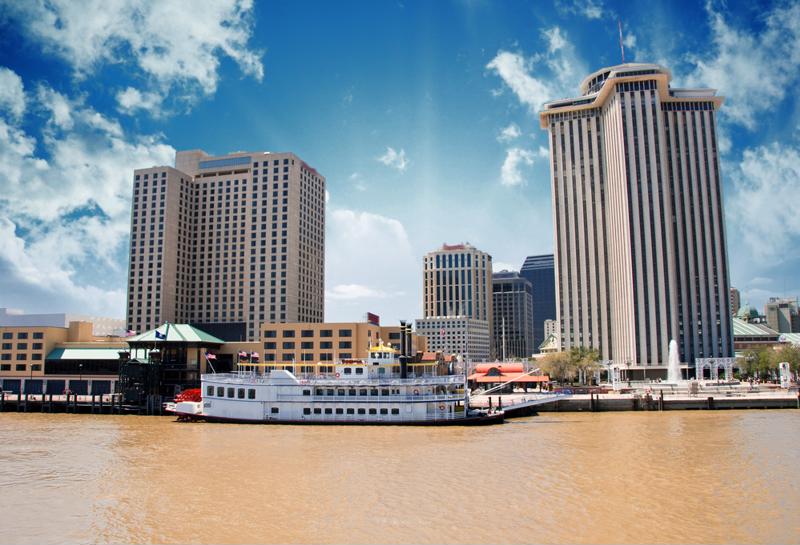The Panama Canal expansion project is inching toward a close, with the first day of open passage for commercial ships scheduled for this spring. With the lengthy construction wrapping up, it is clear that the canal widening has gone over budget, but is also set to generate a new source of revenue for certain ports.
The expansion, which will open up the waterway to the larger ships frequently used in contemporary global trade, will finish more than a year and a half late and $150 million over the $5.25 billion budget set 10 years ago, according to the Journal of Commerce (JOC). The final step before the widened canal opens to commercial ships is the third set of locks. Vessels will be allowed to run through them by late April to test the locks, before the route is opened to regular trade. Jorge Quijano, the Panama Canal Administrator, acknowledged to the JOC that the expansion process has had its setbacks, but explained he remains positive.
"It's the biggest construction job ever in Panama, done right now at the same time as we're running a successful operation. That has headaches of its own," he told the media outlet. "So it's a stressful situation sometimes, but I live a day at a time, always focusing on the future. That keeps me upbeat."
"The delays have produced headaches."
Optimism despite series of setbacks
One speculative reason Quijano remains optimistic is the opportunity that the new canal will provide for ports along the East Cost of North America. Even before its completion, the Panama Canal expansion is influencing development at East Cost ports. Monmouth Real Estate Investment Corp. announced in early December 2015 that it spent $18.41 million on a Class A industrial building close to the Port of New Orleans. Michael Landy, president and CEO of the real estate investment trust, explained that the Louisiana port is the fifth-largest in the U.S. and is poised to grow once the Panama Canal expansion is complete – good reason, he noted, for his firm to invest in property nearby.
Still, despite the benefits due to run up and down the Atlantic coast, the delays have produced headaches for Quijano and the engineering consortium hired to manufacture the new locks, the adminstrator explained to the JOC. Grupo por el Canal (GUPC) ran into numerous issues while constructing the locks for the widened waterway. The engineering consortium was slowed down after it was determined that the cement it was pouring did not meet durability standards. Then, in 2012, a six-day strike once again set back the project.
The most recent delay came after one of the eight sills beneath the gates, meant to block water as ships move between levels, sprung a leak. The contractor decided it would be best to reinforce six of the sills as a precaution.
"So that added more work since August," Quijano told the JOC. "We have to wait until they finish the work and we begin retesting those seals to make sure the correction has been effective."
 New Orleans and Savannah are two ports poised to benefit from the Panama Canal expansion come May.
New Orleans and Savannah are two ports poised to benefit from the Panama Canal expansion come May.East Coast set to retain shippers from West Coast
Once the Panama Canal Authority and GUPC overcome the various setbacks and opened the canal up to commercial ships – the target date is set for May – there is a chance that terminals, such as those at the Ports of New Orleans, will see a significant influx of business. Atlanta and Savannah are also poised to benefit from the widened waterway. Francisco Miguez, executive vice president with the Panama Canal Authority, stated that Savannah will be a "key partner" to the canal's network, according to Atlanta NPR station WABE. The Port of Savannah is currently suited to handle the large ships soon-to-be passing through the canal during high tide. Once the harbor is deepened, it will be capable of servicing those vessels at any time.
East Coast ports took a large share of their West Coast competitors' business following union contract disputes in 2014 and 2015. The timing of the canal expansion could help those facilities keep their new partners even as the West Coast recovers. The massive ships that are growing more popular for their efficiency will be able to pass through the Panama Canal to East Coast ports, opening up access to new markets.